Military Art: Two very different views
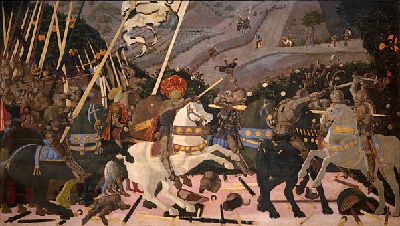
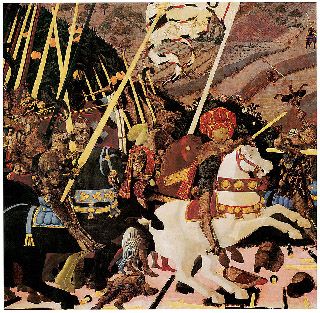
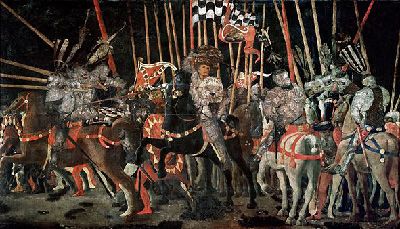
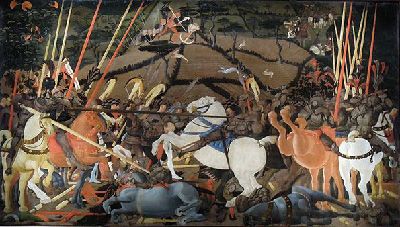
Uccello is known for his pioneering work on visual perspective, an artistic skill we discussed many blogs back. Uccello was particularly interested in perfecting the vanishing point so as to gain depth in his paintings. If you study the first two images closely you can see that he is showing the diminishing size of the roads and people in the distance. If you are interested in identifying art styles, these paintings would be considered to be Early Renaissance. Uccello's message is all about the triumph and celebration of victory, the destruction of the enemy.
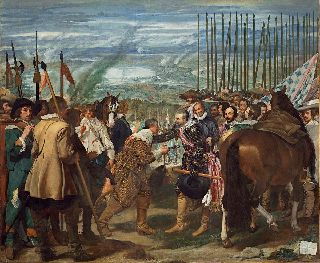
The surrender of Breda in 1625 is considered to be one of the major successes of the Spanish (under Phillip 11) during the Eighty Years' War with the Seventeen Provinces of what are today the Netherlands, Belgium, and Luxembourg, as well as the French region of Hauts-de-France. The focus of the painting by Velazquez is not on the battle but on reconciliation as symbolised through the exchange of keys. History shows that the Spanish General Ambrogio Spinola had forbidden his troops to jeer at, or otherwise abuse the vanquished Dutch, and, according to a contemporary report, he himself saluted Justin of Nassau and the Dutch army. Diego Velázquez the artist has aimed to capture a moment of respect for a fellow warrior.
Tomorrow we will see yet another perspective on the narrative of a war as told by a group of women who spent years producing their work of art. Can you guess what we are about to uncover. Without a shadow of a doubt it is my favourite piece of war art and for years I had a copy decorating the walls of one of my rooms!
